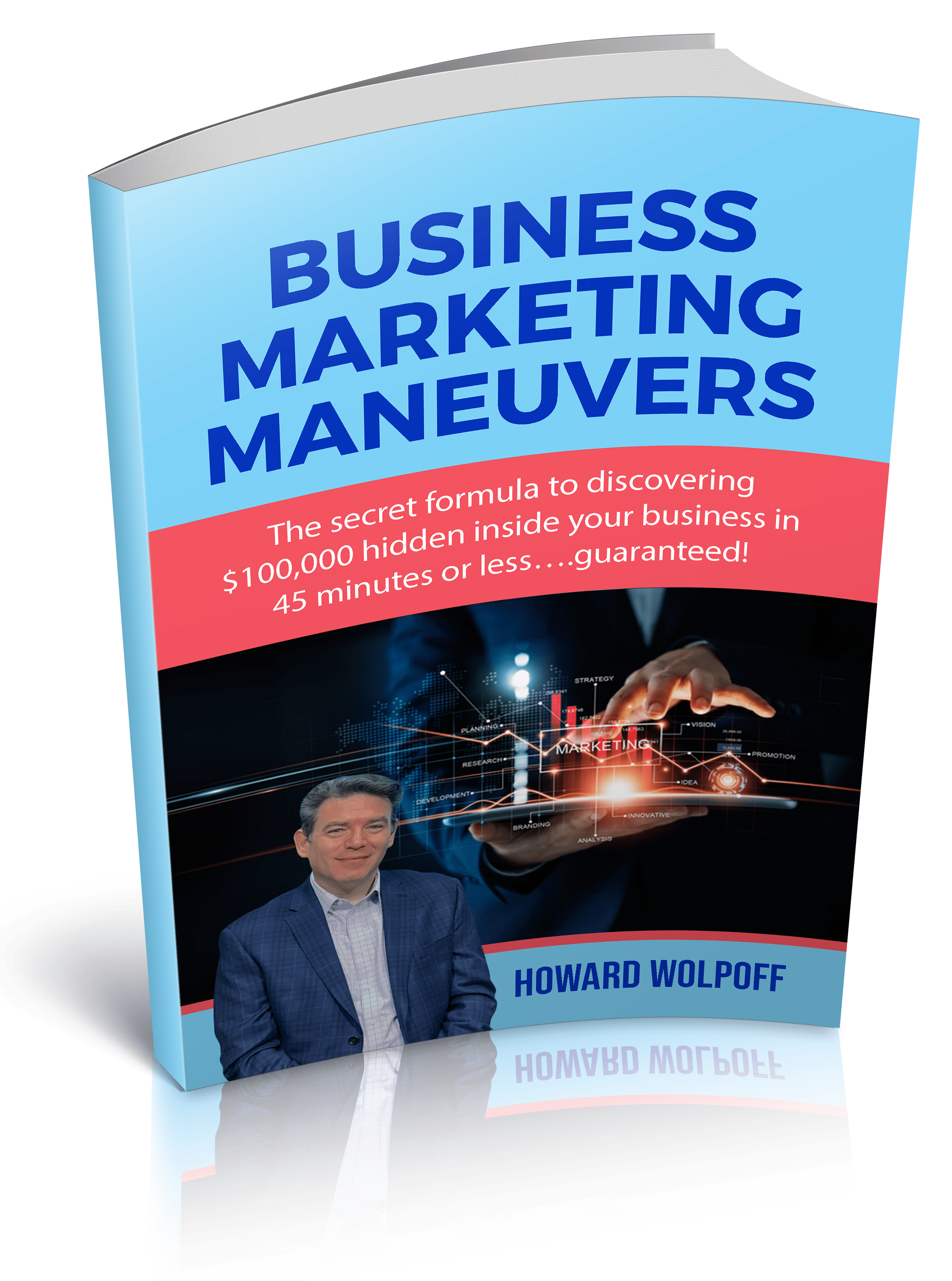There are a number of factors to take into consideration when prepping yourself and your company to approach the largest clients you’ll ever work with.
Today we’re going to start with a brief look at the three paths every business faces and show you which one is the path to success. Then we’ll talk about the mindset it takes to attract the big fish.
There are three major paths a business can take:
- Snail Speed
- Shooting Star
- Catch the Big Fish
Snail Speed
Most business owners ended up working themselves into the ground without much reward or success. This is what happens when you fool yourself into thinking you will find quick success. You may also find yourself following this path when you are afraid of change.
Shooting Star
This describes a business that shoots to the top so fast you are overwhelmed and don’t have the right resources in place to adapt. This can also happen from being overwhelmed by small clients and not taking the time to find large clients, which will sustain your business after the small client sales slow.
Catch the Big Fish
This is the path that allows you to build at a steady pace that you can manage by not allowing your customers to outpace you. You can do this by putting these tips to work:
- Attract, keep and lock in big clients.
- Integrate “big business” culture into your company and employees.
- Acquire the expertise you need to grow.
- Have the courage to make changes as you grow.
Now we are going to transition a bit and talk about the “big fish” mindset. It may sound easy to just find and catch that big fish, but if you are stuck in the small business mindset, you may find it harder than you think.
Think of all the benefits of aiming at bigger clients:
- Inexpensive
- Highly Profitable
- Longevity
- Security
In order to catch the big fish, you need to believe your company can make a difference with theirs. It’s easy to get into the thought that a large company doesn’t need anything from a small business like yours, but this is entirely wrong!
Once you take a look at how big companies operate, it’s important to know which ones are the best fit with your company. One of the best ways to get in the door is by knowing someone on the inside who can put in a good word for you.
If you’re not sure where to start and feel a little intimidated about catching big fish, try our GUIDED TOUR to get help from our amazing business coaches.



